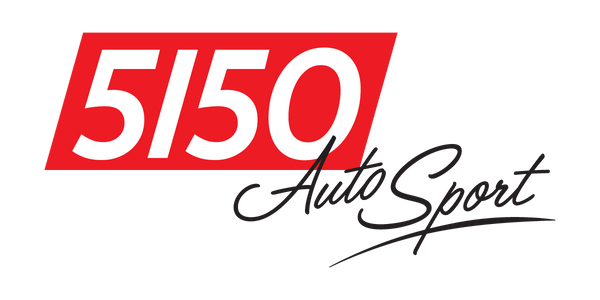
What is Line Honing?
Line Honing, sometimes called Align Honing, is a precision machining process used to ensure that the main bearing bores in an engine block are perfectly aligned and have proper diameter and shape by correcting any defects. This process improves the bottom of the engine; the main bearings support the crankshaft, so their alignment is critical to the engine’s performance and longevity.
The Line Honing Process:
- Preparation: The engine block is cleaned, and the main bearing caps are installed and torqued to the correct specifications.
- Initial Inspection: The alignment and size of the main bores are checked to determine if there is any misalignment or wear.
- Honing: A specialized honing machine is used to gently remove material from the bearing bores. The honing tool is carefully guided through the bores to achieve the correct diameter and alignment.
- Final Inspection: After honing, the bores are inspected again to ensure they meet precise tolerances for roundness, straightness, and size.
The Importance of Line Honing:
Crankshaft Alignment: Properly aligned main bores ensure that the crankshaft rotates smoothly and without unnecessary friction or binding, which is crucial for engine performance and longevity.Misaligned bearing bores can cause the crankshaft to flex or bend slightly as it rotates. This flexing, especially at high RPM, increases the risk of fatigue and stress cracking in the crankshaft. By ensuring that the main bores are perfectly aligned through line honing, the crankshaft rotates more freely and is less prone to flexing, which helps prevent fatigue and reduces the risk of cracks developing
Bearing Life: Line Honing focuses on the shape and alignment of main bearing bores, ensuring the even distribution of forces, extending bearing life.If the main bearing bores are misaligned or not perfectly round, it can cause uneven loading on the crankshaft bearings, compromising oil clearance and distribution. At high RPM, this uneven load can lead to increased friction, heat, and wear, eventually causing bearing failure. Proper line honing ensures that the crankshaft is supported evenly across all main bearings, reducing stress on the crankshaft and helping to maintain smooth rotation.
Oil Clearance: Correctly sized bores maintain the proper oil clearance between the crankshaft and bearings, which is essential for proper lubrication and cooling.Engine Efficiency: Drag and friction mean lost Horsepower; a well-aligned crankshaft reduces drag and friction within the engine, improving overall efficiency and power output.
Properly line honing the main bearing bores contributes to the overall balance of the engine. An engine with balanced rotating components, including a well-supported crankshaft, experiences less stress and vibration at high RPM. This improved balance not only enhances performance but also extends the lifespan of the crankshaft and other critical engine components.
Reliability: For high-performance or rebuilt engines, line honing is essential to ensure that the engine can handle increased stresses and continue to operate reliably under demanding conditions.Prevent Dynamic Imbalance: A crankshaft that is not properly supported by the main bearings due to misaligned bearing bores can develop a dynamic imbalance at high RPM. This imbalance can cause excessive vibrations, leading to wear on the crankshaft, bearings, and other engine components. Proper line honing ensures that the crankshaft rotates with minimal imbalance, reducing the risk of vibration-induced damage.
Reduce Crankshaft Whip: Crankshaft whip occurs when the crankshaft oscillates or bends at high RPM, often due to uneven loading or support. Properly aligned bearing bores, achieved through line honing, help to evenly distribute the loads on the crankshaft, reducing the likelihood of crankshaft whip. This helps to maintain the structural integrity of the crankshaft, especially under the stresses of high RPM operation.
